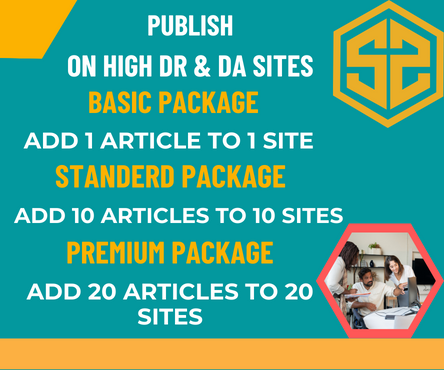Deciding between a new CNC machine vs a used one is a big decision. There’s no one-size-fits-all answer — it really depends on your business goals, budget, risk tolerance, and the kind of work you do. Below I’ve laid out a detailed comparison: pros and cons of each, key considerations, and some guidance to help you decide which might be the better investment for your situation. For more information please visit 3d systems sla 5000
What you get with new CNC machines
Pros:
- Warranty & manufacturer support
New machines usually come with full warranties, tech support, and often service contracts. If something fails, parts are available, and you’ve got backup. - Latest technology / features
Newer controls, better software integration (CAD/CAM, IoT, etc.), higher precision, faster spindles, more efficient motors, improved automation, safety features. If your work demands tight tolerances or modern features, this can matter a lot. - Lower risk of breakdowns in early years
Since all components are new, less wear and tear, less hidden damage. Performance is more predictable. - Customization & upgradability
You can often specify exactly what you need (size, control system, features) from the factory. Also easier to integrate with new workflows. - Longer service life (if well-maintained)
Because everything starts fresh, you can expect more years of useful life before major components need replacement.
Cons:
- High upfront cost
New machines cost a lot more initially. For many businesses, this is the biggest hurdle. - Depreciation
Like cars, CNC machines lose value quickly in the first few years. - Longer lead times
If you order custom options, or there’s a high demand, delivery and installation can take weeks or months. - Possibly higher maintenance, parts, software costs
Cutting-edge features might require proprietary parts, more expensive servicing, or more skilled operators.
What you get with used CNC machines
Pros:
- Lower price / lower capital investment
Often significantly cheaper — allowing you to buy good machines for far less, freeing up funds for tooling, training, or other investments. - Faster ROI sometimes
Because the machine costs less, you can often recoup your investment sooner — assuming the machine continues running and doesn’t have large hidden costs. - Quicker availability
Used machines are often available immediately, especially if sourced locally, so if you need capacity now rather than later, that helps.
Much of the value drop has already happened. If you sell later, you lose less value proportionally. - Proven track record
If a used model has performed well over years, that gives confidence. Sometimes older machines are extremely rugged and reliable. - Environmental benefit
Buying used means less manufacturing demand, less waste, etc. If sustainability is part of your priorities, this can be a plus.
Cons:
- Hidden wear & unknown history
Perhaps the biggest risk. Internal parts may be worn (ball screws, bearings, spindle, guide ways). Maintenance history may be incomplete or misleading. - Limited or no warranty / support
If something breaks, you may be on your own. OEM support may be discontinued. Parts may be scarce or expensive. - Outdated technology / limits in features
Older machines might not have modern control systems, automation, safety interlocks, modern CAD/CAM compatibility, or energy-efficient components. - Possibility of higher maintenance / downtime costs
More frequent breakdowns, more parts replacements, more attention needed from techs. - Resale issues
While depreciation is less, the resale value also could suffer if the technology becomes obsolete or if the model is not in demand. Also harder to sell older tech. CNC Online
Key Factors to Consider for Your Business
To determine which is “better” for you, you should evaluate:
- Your budget & cash flow
Can you afford a high upfront cost? Do you have financing options? If budget is tight, used may make more sense. - Production demands
How many hours per day will it run? How precise do you need it to be? Do you need advanced features (multi-axis, automatic tool changer, lights-out operation, etc.)? If you’re running high volumes, need tight tolerances, or heavy duty work, new tends to win. - Downtime cost
What does downtime cost you? If one day off costs a lot (missed contracts, late delivery penalties, etc.), you might prefer more reliability and support (so leaning towards new). - Maintenance capability
Do you have skilled technicians? Can you service and repair machines in-house? If yes, you might be able to mitigate risks of used machines better. If dependency on outside service is high, newer machines with manufacturer support might be beneficial. - Spare parts & support availability
For used machines, check that spare parts are still available and not prohibitively expensive, and that support (technical, software, etc.) is accessible. If the model/control brand is obscure or discontinued, that’s risky. - Technology / future growth
Do you expect to need advanced features in the near future? Is automation, software integration, or Industry 4.0 important? If so, buying new may be more “future-proof.” Also consider machine flexibility and whether used machines can be upgraded. - Resale / long-term value
If you might want to sell or upgrade in some years, then resale value, technology depreciation, etc., become important. - Risk tolerance
How much risk are you willing to take? Used machines can bring surprises; with new machines there’s still risk (teething problems, etc.), but generally lower.
